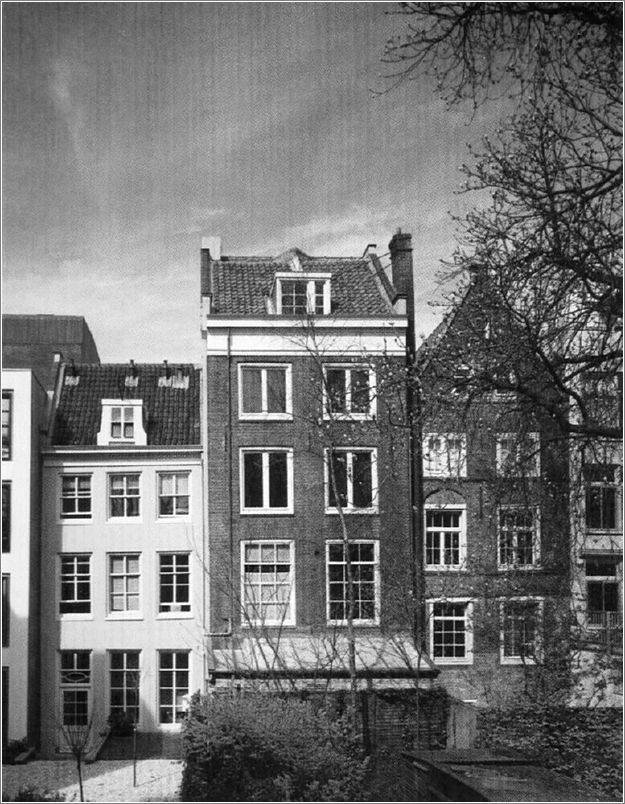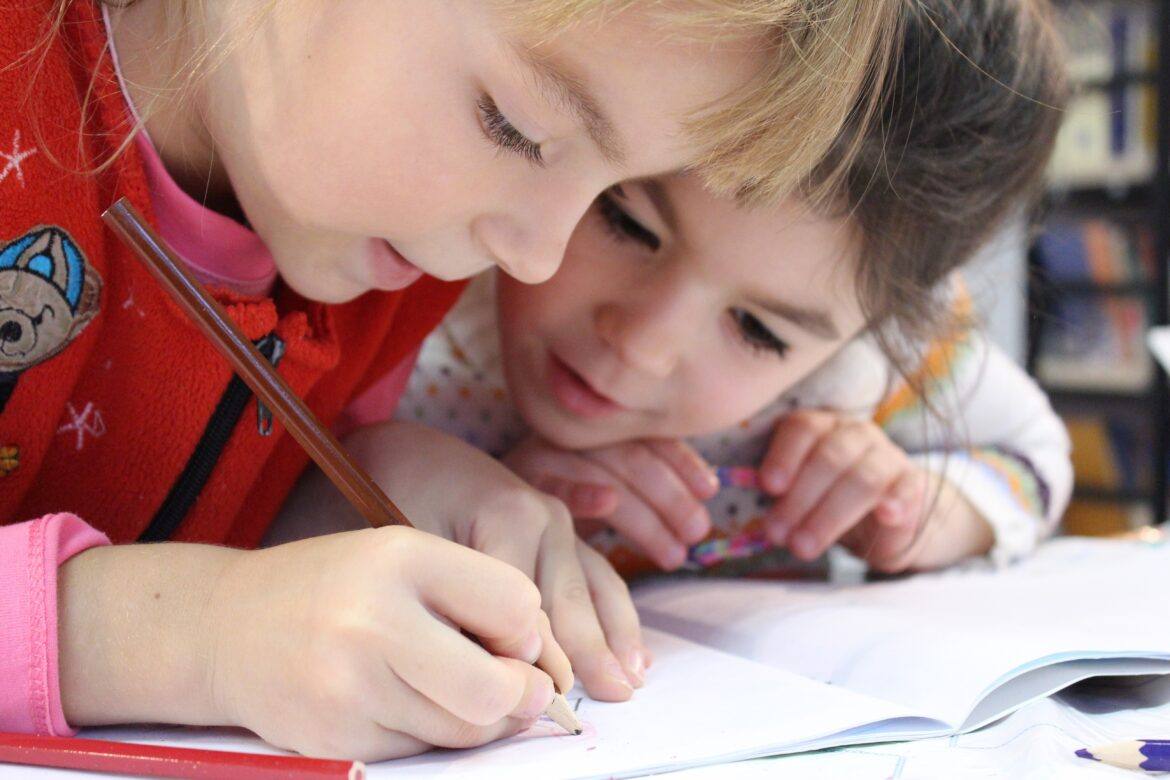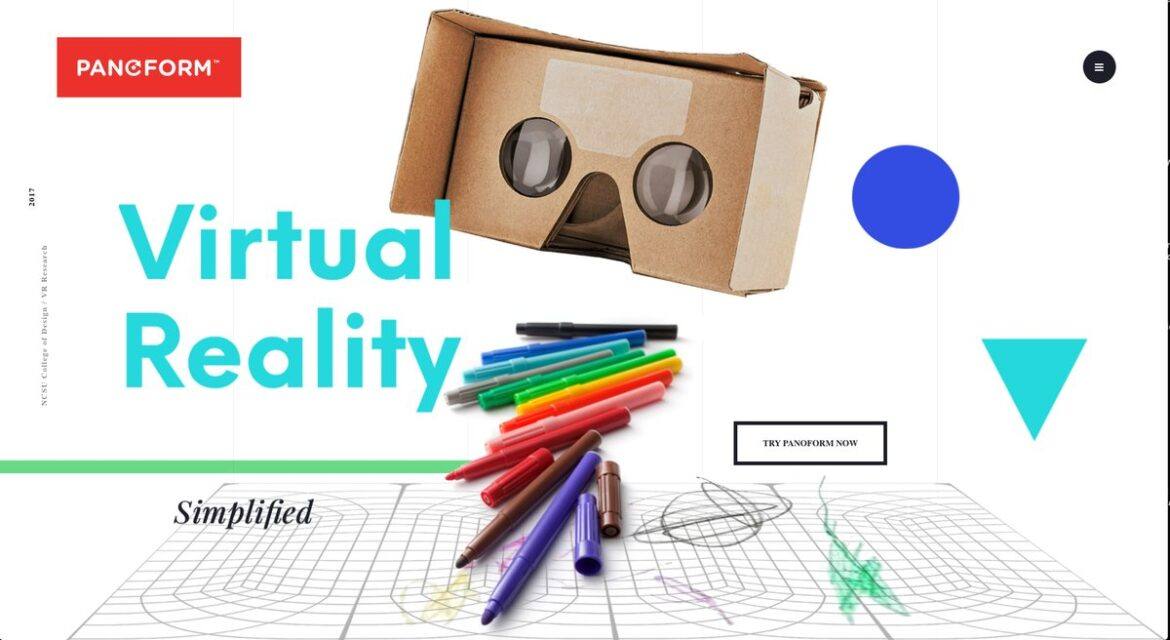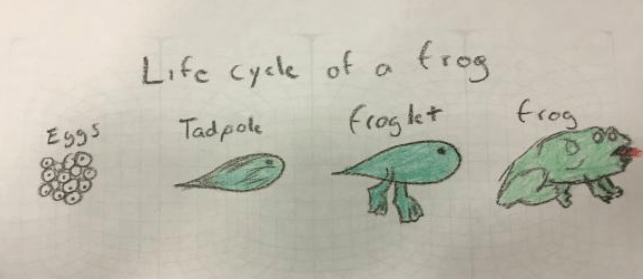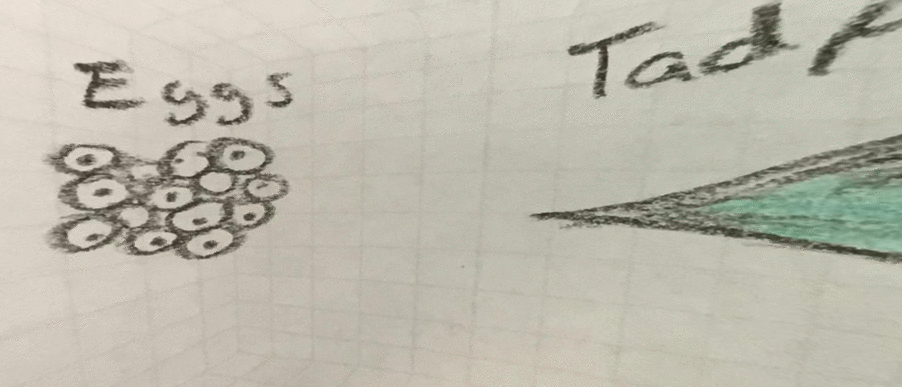A combination you seldom find in classrooms brings two popular areas together: virtual reality (VR) and project-based learning (PBL). Combining these two approaches to teaching and learning can deepen students’ understanding. VR within PBL can drop students into an immersive learning experience. But how does that work? VR is increasingly creating interactive opportunities in the immersive internet. See how VR is moving beyond entertainment. Watch Bernard Marr’s video below to assist you in understanding future trends for 2024.
What Is Project Based Learning (PBL)?
You may already be familiar with project-based learning (PBL). TCEA offers a variety of blog entries and an online course about PBL. Moreover, there are many ways to blend game-based learning and PBL. You can see one approach in the Virtual World Builder online course. It shows you how to use a free, open-source, Minecraft-style environment and introduces you to PBL. There’s also some discussion about virtual reality in TCEA’s blog.
One definition of PBL appears below:
Project-Based Learning (PBL) is a student-centered pedagogy. It seeks to involve student in active engagement with real world projects. These projects are meaningful and immerse students in a novel situation. To that new situation, they must apply what they have learned and any skills they have developed. They often do so through the creation of a product.
As they do this, they engage in transfer learning. This engages them and allows them to develop their critical thinking skills. What’s more, it scaffolds student collaboration and problem-solving to a specific task. Human brains love this kind of task-oriented learning. Tasks often come in a wrapper such as a scenario, complex question, problem, or challenge.
What Is Virtual Reality?
Often, virtual reality and PBL don’t mix well in the classroom. Some define virtual reality in this way:
Virtual reality (VR) is the use of technology to create a simulated environment. Students are able to interact with it in a way that mimics real life.
This interaction is different than screen-based, computer imagery. Instead, VR simulates as many senses as possible. Those senses include, of course, vision, hearing, touch, and even smell. The goal is to transport students to places they have never been.
VR provides hands-on experiences that are impossible or impractical for schools and students. Bringing these two areas together can yield big results, enhancing digital literacy, critical thinking, and collaborative problem-solving.
Let’s examine how these two exciting areas can complement each other.
Three Approaches to Using VR for PBL Projects
You can use VR as an engagement tool to grab students’ attention before dropping them into the deep end of PBL. Here are three approaches to pair VR and PBL for boosted engagement.
VR experiences might lend themselves well to lesson or unit introductions. Use them to pique students’ curiosity and lead to more in-depth activities. (Adapted from source)
Approach #1: Take virtual field trips.
With VR, students can visit historical landmarks, explore different ecosystems, and more. They can also journey to foreign countries— no passport or plane ticket needed! Discover this Texas middle school’s example of VR use:
Approach #2: Explore curricular topics.
Use VR to bring complex subjects to life, enabling students to get a deeper grasp of abstract ideas through visualization and manipulation of interactive 3D geometric models. For example, The Body VR helps students learn about human biological systems by journeying inside a cell. Apps like MEL Science VR, which has over 70 VR lessons, provide immersive learning experiences on everything from the periodic table to atoms and ions. See more suggestions for exploring curricular topics in this article.
Approach #3: Develop computing and technology skills.
Use online spaces like CoSpaces for students to create their own 3D virtual worlds. Additionally, they can learn the basics of coding and digital design while experiencing VR.
Here’s one CoSpaces video focused on creating simulations for science:
Captivating Hooks for PBL
Crafting captivating hooks or problems for your projects can be challenging, but VR can set the stage for PBL’s real-world challenges. Here are some suggestions for engaging students with VR-based hooks:
| VR Solution | Suggested Use in K-12 PBL Engagement Hook |
|---|---|
| CoSpaces Edu | Students can create and explore their own virtual worlds or simulations, which can be used to present their PBL projects in an immersive way. |
| Global Traveler app | Use the app for virtual field trips, allowing students to explore global landmarks and natural wonders, which can be integrated into geography or social studies projects. |
| Merge Cube | Merge Cude can be used by students to design 3D objects related to their PBL topic and then use Merge Cube to interact with their models, enhancing their spatial reasoning and presentation skills. |
| Tinkercad | Students can use Tinkercad to design 3D models that can be integrated into their PBL projects and visualize them using Merge Cube or VR. |
| VictoryXR | Engage students in virtual dissections or explore historical events, making abstract concepts more tangible and relevant to their studies. |
Using VR in the classroom certainly deepens student engagement and prepares them for the exciting undertaking of a PBL project. Start your PBL class lessons and projects with VR scenarios and set your students up for memorable learning experiences that will help them retain and demonstrate learning.

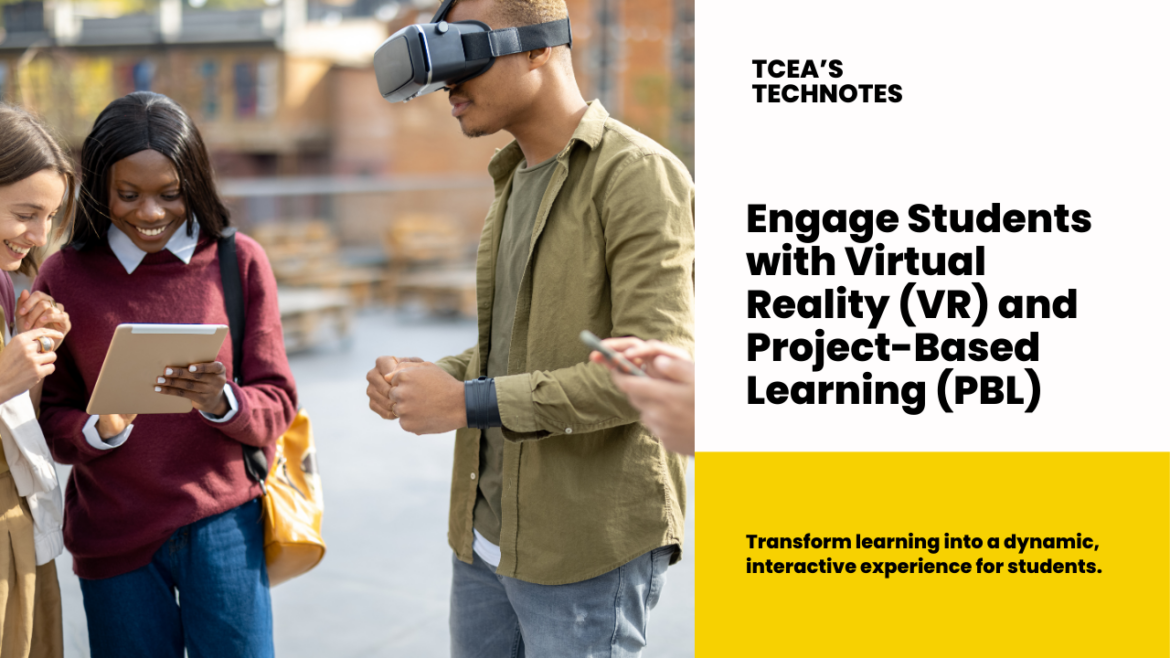
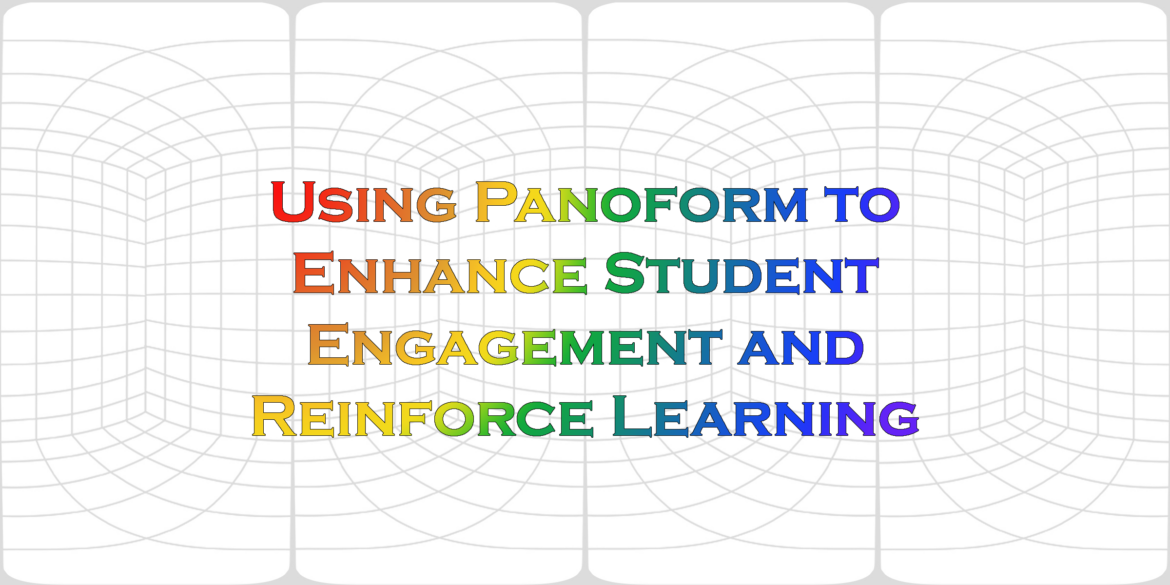
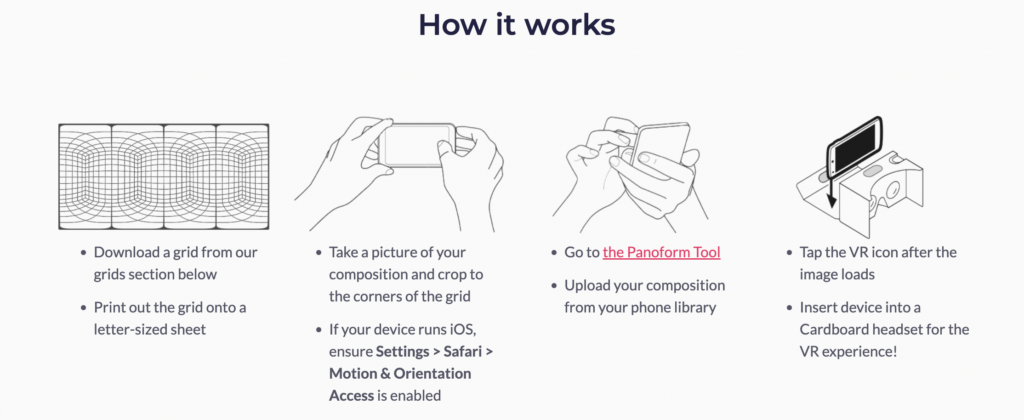

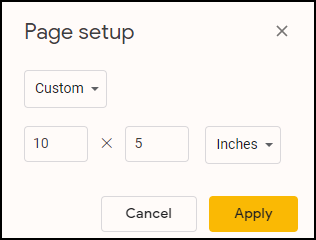
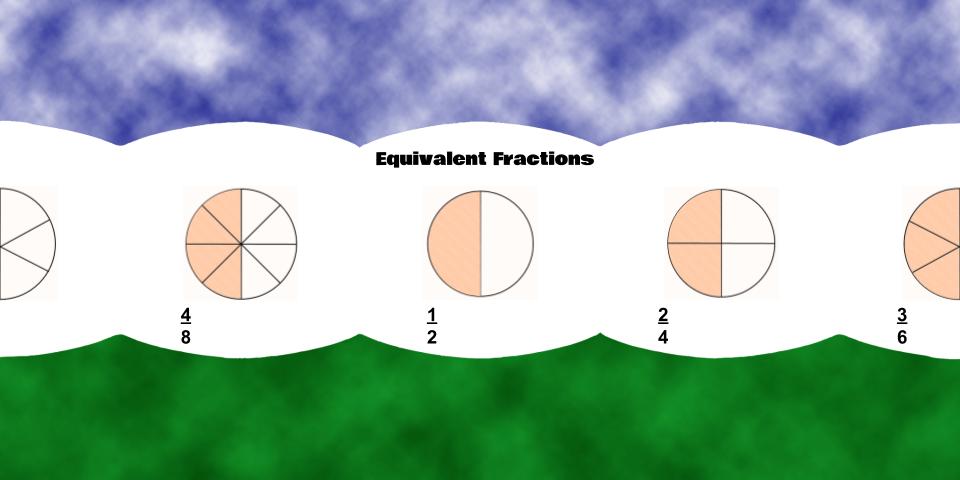
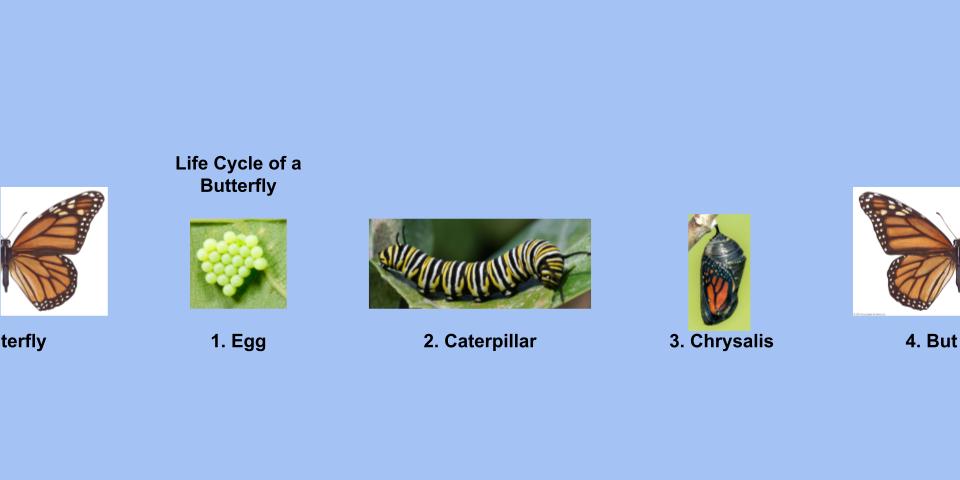
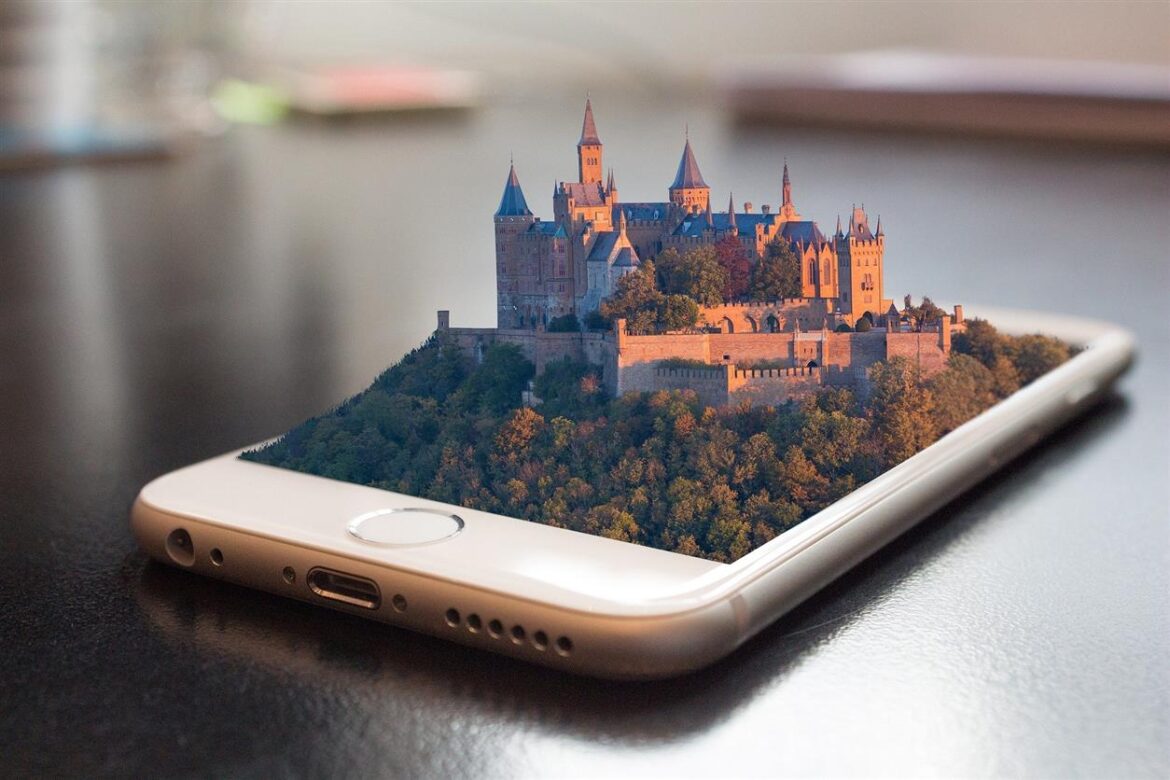

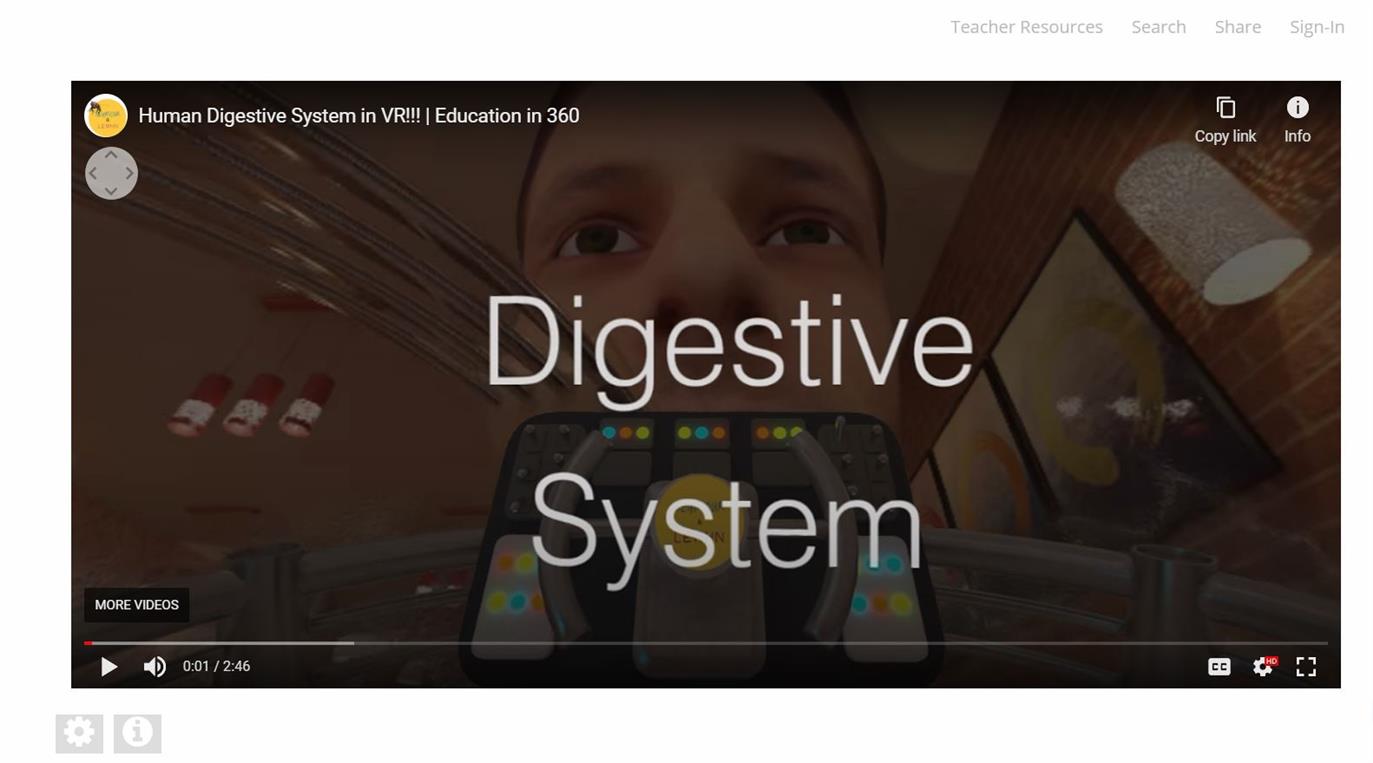

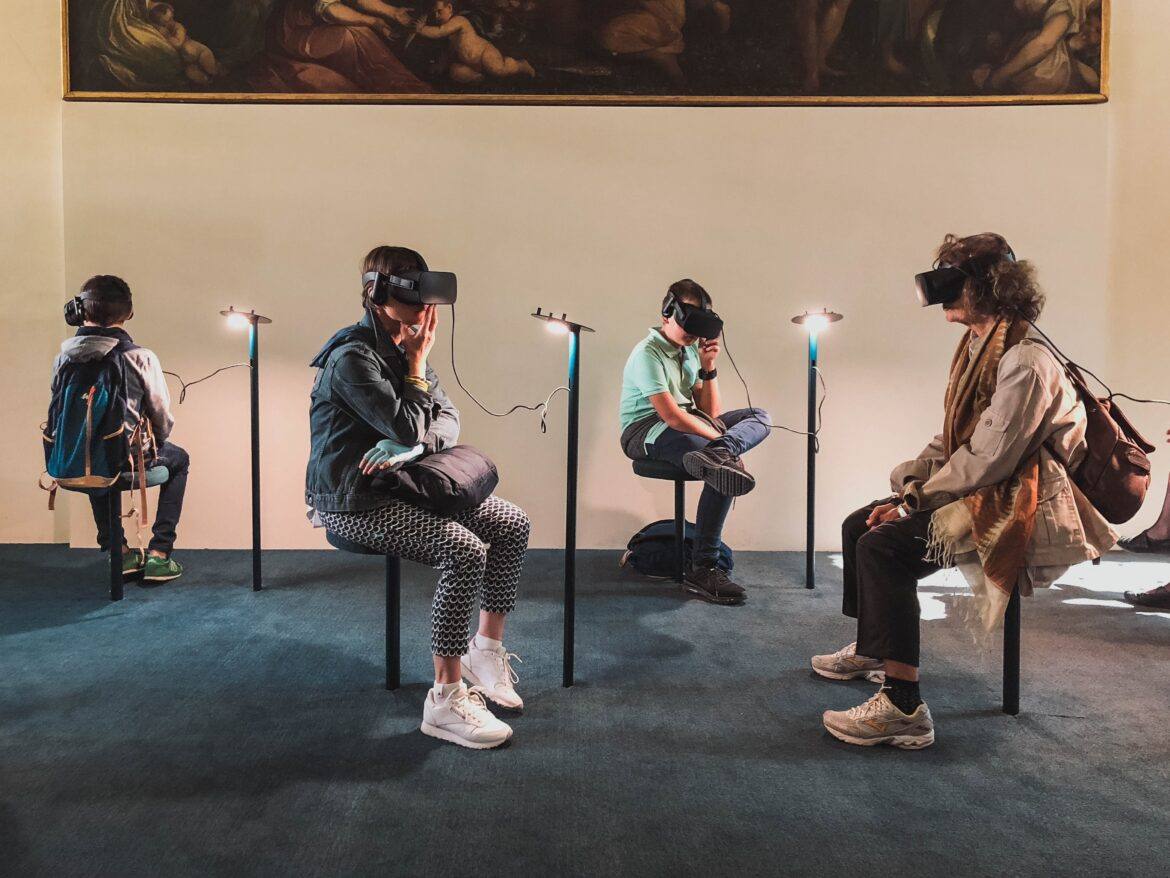

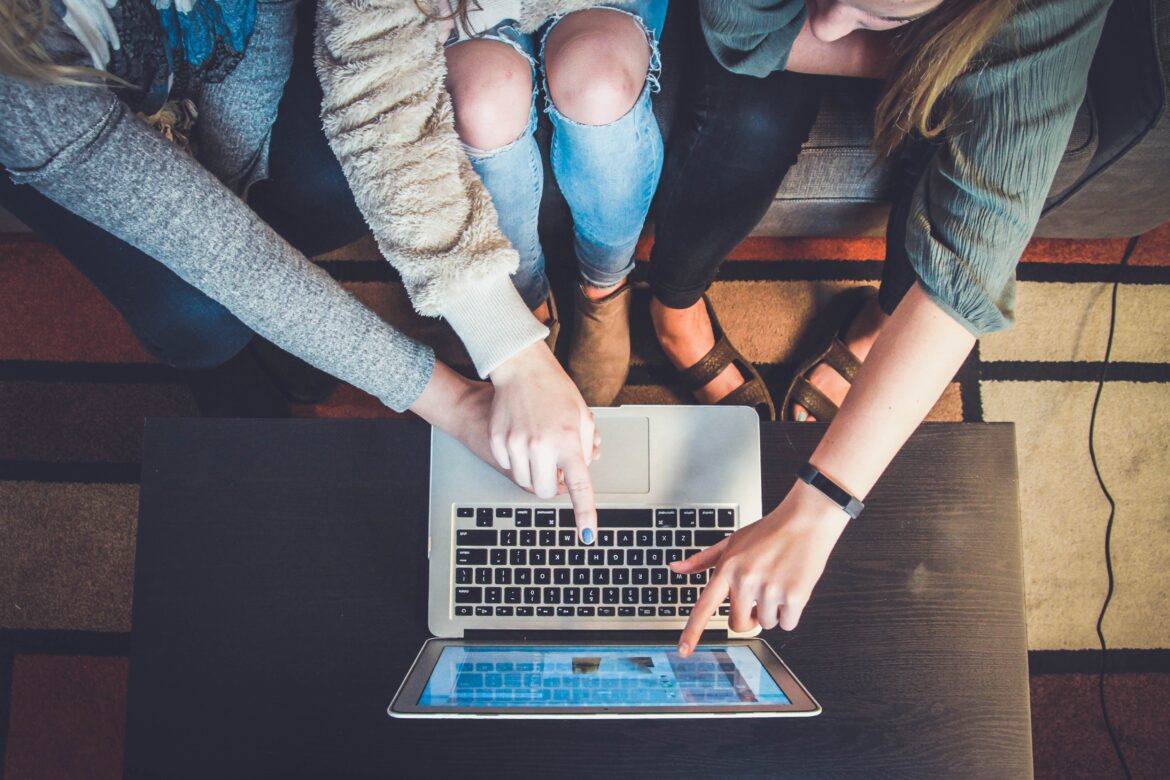
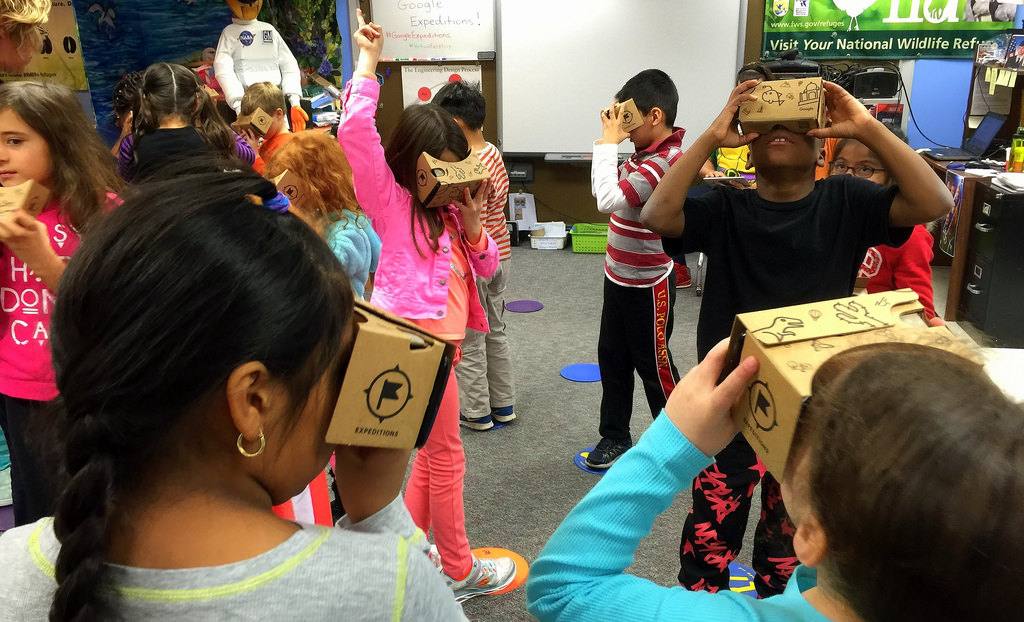
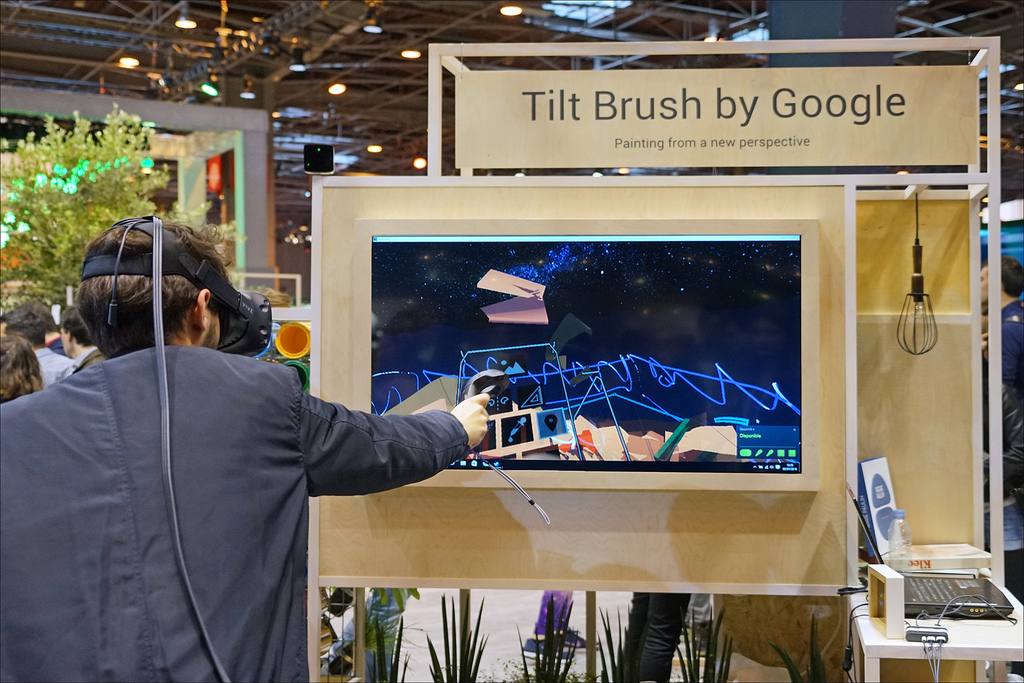
 Biology
Biology